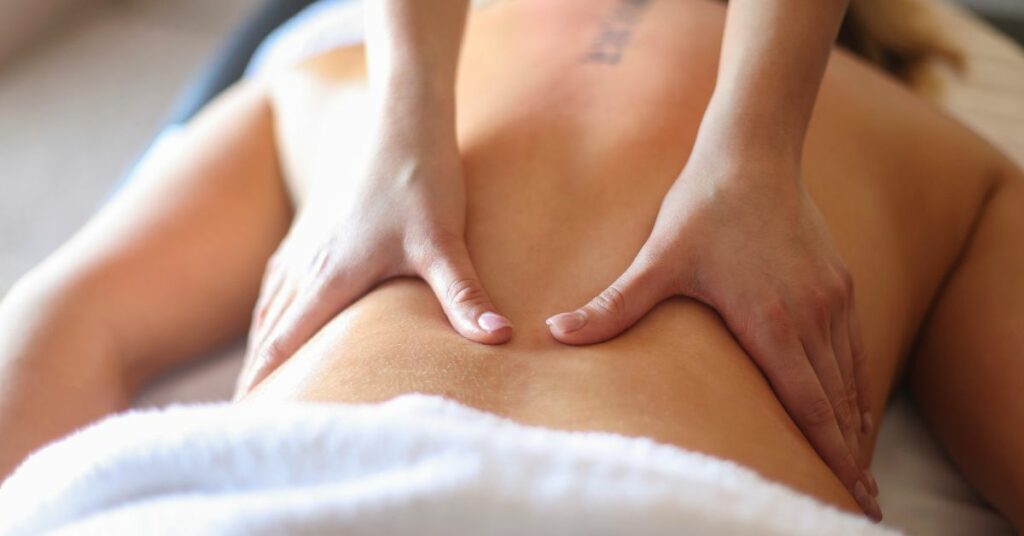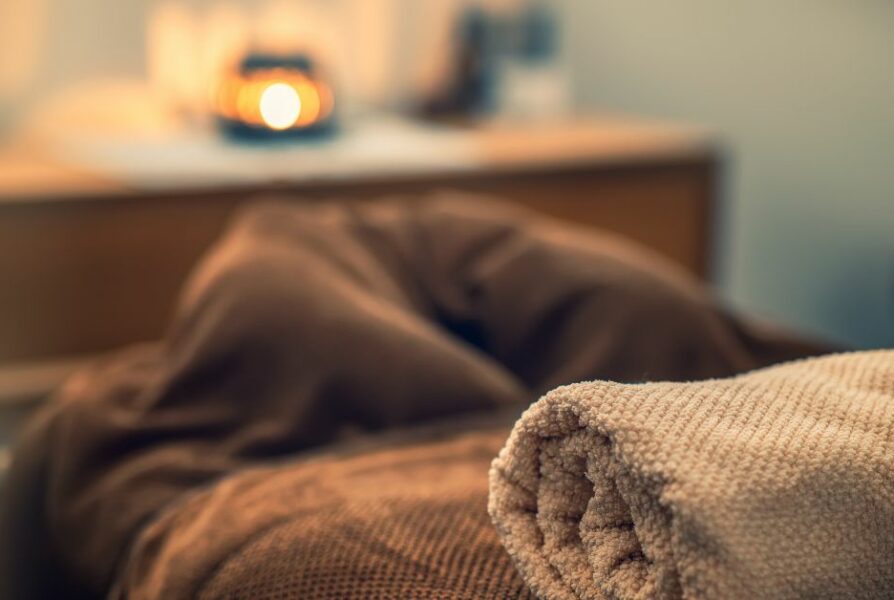I love a good Massage whether its back, shoulders, feet- I really don’t mind as long as it’s with a good practitioner! Massage may produce feelings of relaxation and a sense of well-being, but what does the science say? and what is massage really good for?
Massage has been used for thousands of years in China, India and Egypt. The Greeks used massage before and after their sport as did Roman gladiators, whilst cultured Roman citizens enjoyed a relaxing massage after their bathing rituals.
Massage is only now building a body of scientific evidence to support its use. The National Institute for Clinical evidence (NICE) recommends it for patients with persistent, non-specific lower back pain. That’s not to say it’s no good for other things, just that the evidence hasn’t been gathered to make a considered scientific opinion yet. The physical action of may help to ease muscle pain and muscle tension, aching joints and is also used for stress relief, improving circulation of blood and lymph and aiding recovery from injury.
Types of Massage
Massage is a general term and there are many different types Swedish massage is believed to be the beginning of modern massage from Per Henrik Ling’s research and techniques developed at his institute. Other techniques have built on and developed these each with their own specific methods. Some modern-day techniques used at our clinic are:
- Aromatherapy
- Indian Head
- Hot Stone
- Warm Bamboo
- Reflexology
Suitable for most adults, all treatments begin with a private consultation to make sure the treatment is right for you. Confidential records are kept of treatment sessions and any advice that’s given. Trained therapists will also take into consideration medical conditions and any medications being taken. They are also able to advise on aftercare and support.

Massage therapy has a rich history that spans thousands of years and cultures worldwide. Here’s a brief overview of how massage has evolved historically:
The History of Massage
- China (c. 2700 BCE): One of the earliest records of comes from China. The ancient Chinese developed “Tui Na,” a form of massage used to balance the body’s energy, alleviate pain, and improve health.
- India (c. 3000 BCE): Massage was integral to Ayurveda, one of the oldest holistic healing systems. Ayurvedic massage, known as “Abhyanga,” involved using warm oils and was believed to promote longevity and balance the body’s doshas (vital energies).
- Egypt (c. 2500 BCE): Massage was often used alongside other therapies in ancient Egypt. The Ebers Papyrus, one of the oldest medical texts, mentions it as a treatment for various ailments.
- Greece (c. 800 BCE): The Greeks, including the famous physician Hippocrates, used massage for its therapeutic benefits. Hippocrates advocated rubbing, or “anatripsis,” as a way to loosen joints and promote healing.
- Rome (c. 500 BCE): The Romans adopted Greek techniques and expanded on them. Roman baths often included massage rooms where patrons could receive a relaxing rubdown after bathing.
Massage through the Ages
- Middle Ages: During the Middle Ages, the practice waned in Europe due to the rise of religious beliefs that associated physical touch with immorality. However, it continued to thrive in the Middle East and Asia.
- Renaissance (14th-17th Century): There was a resurgence in Europe with the revival of interest in the arts and sciences. Physicians began exploring the body more scientifically, and massage became part of medical treatments.
- 19th Century: Swedish massage was developed by Per Henrik Ling, a Swedish physiologist, and is one of the most popular forms of massage today. This method combined physical therapy with techniques to improve circulation and relieve muscle tension.
- 20th Century to Present: Massage therapy became more widely accepted in the Western world as a complementary and alternative medicine. Today, it is recognised for its benefits in promoting relaxation, reducing stress, and enhancing overall well-being.
Cultural Significance
Throughout history, massage has been more than just a physical practice; it has been a way to connect with the body, mind, and spirit. In various cultures, it has been used in rituals, healing ceremonies, and as a way to bond with others.
Massage therapy’s enduring popularity is a testament to its effectiveness in promoting health and wellness across different cultures and eras.
There are other allied therapies such as Reflexology and Acupuncture which can also help for the above. If you want further information on any of these, please Chat Now or CALL us on 01639 502862
If you’d like information or advice on medication used for any of the above physical conditions you can also chat to our Wellness Pharmacists for advice on pain relief and relaxation.


